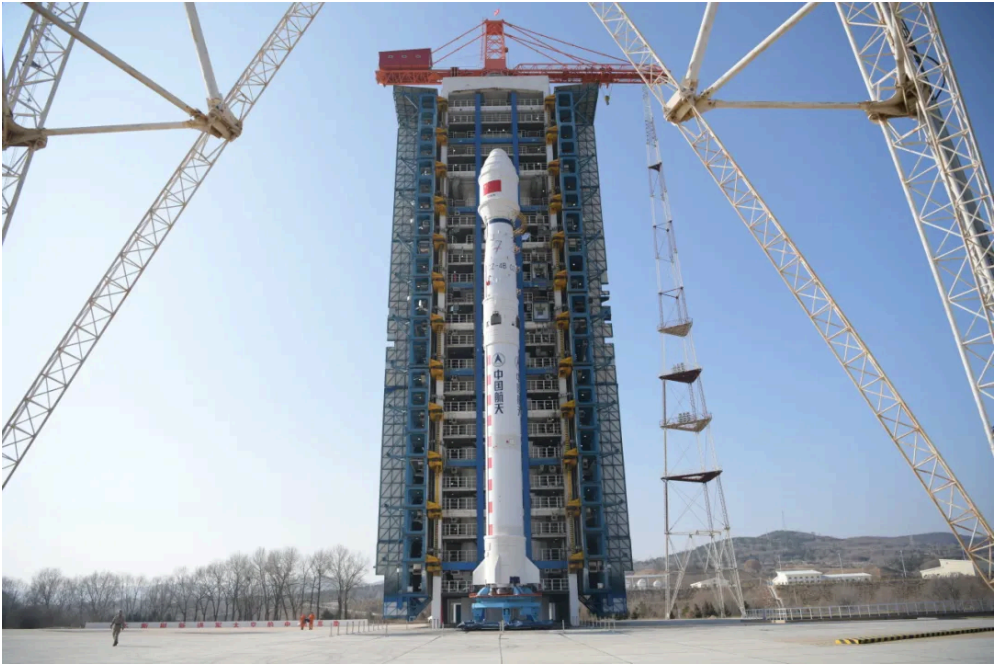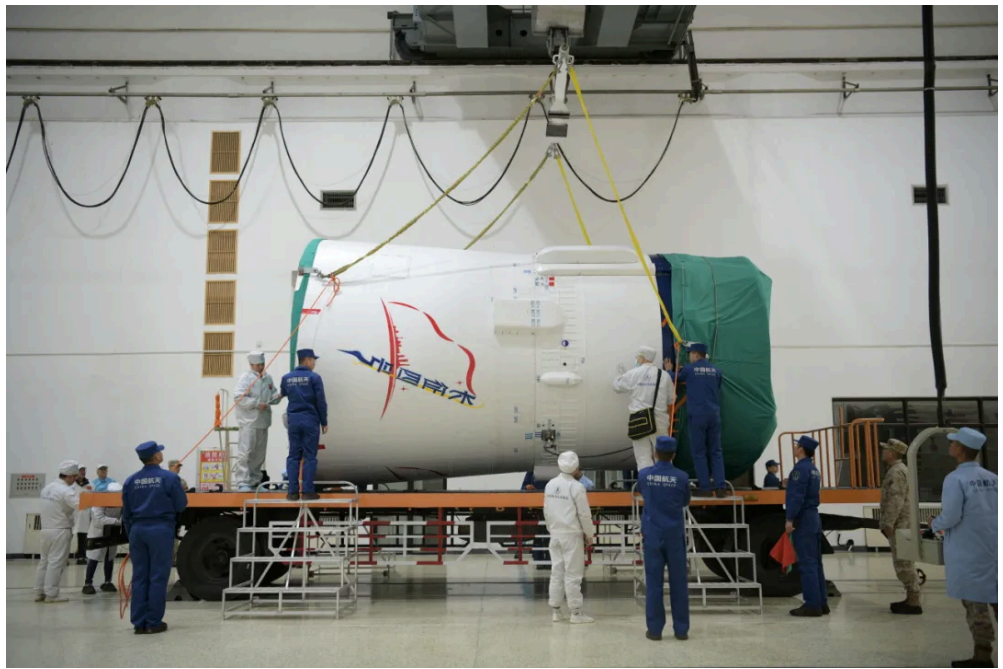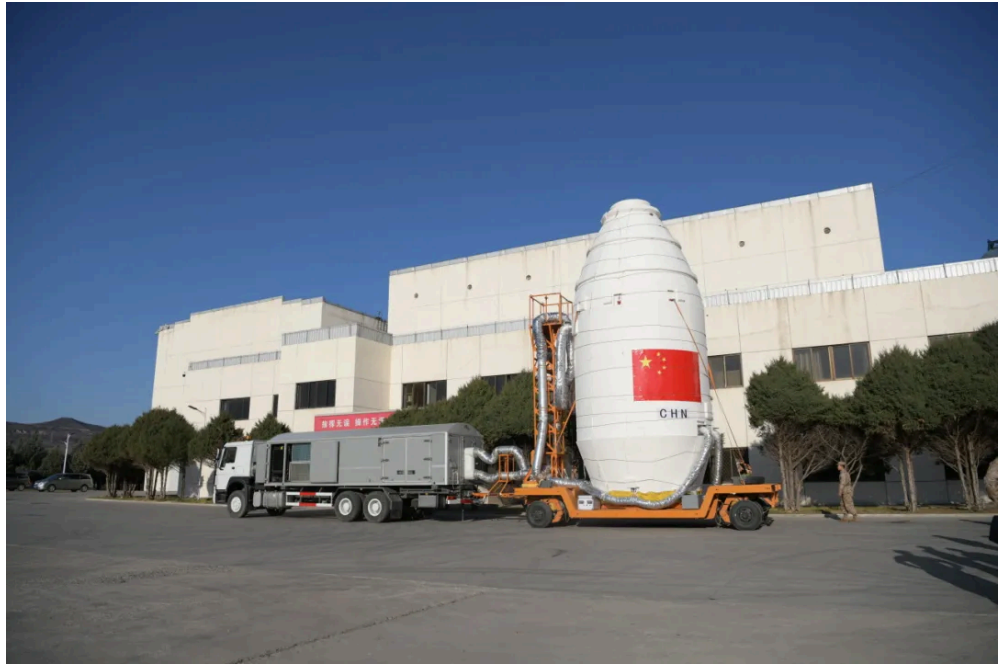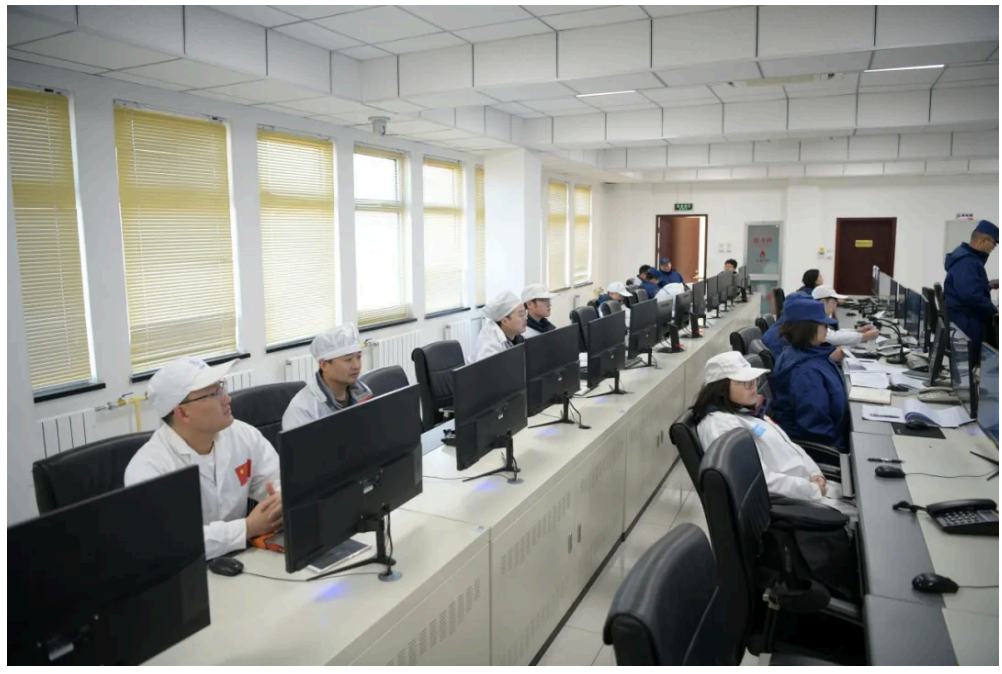
NEWS
The Long March 4B launch vehicle is successfully launched
发布时间:
2024-11-25 15:32

At 6:42 AM on November 14, 2024, the Long March 4B launch vehicle blasted off from the Taiyuan Satellite Launch Center, soaring into the dawn clouds. It successfully placed the ocean-salinity detection satellite into its destination orbit, signaling a complete success of the launch mission.

The Long March 4B launch vehicle executing this launch mission is a level 3 carrier rocket with liquid propellant of normal temperature developed by Shanghai Academy of Spaceflight Technology. It has excellent performance and a wide range of applications. The Long March 4 series of launch vehicles are capable of implementing flexible launch schemes tailored to different types of satellites, allowing them to launch various types of satellites for different orbits. They can carry out single satellite launches or simultaneous launches of multiple satellites, with a payload capacity of no less than 2.5 tons for deploying satellites into a 700-kilometer sun-synchronous orbit. The Long March 4B for this mission is equipped with a first sub-stage grid fin impact area control system, which effectively shrinks the impact area of first sub-stage debris and improves the safety at the debris impact area.


This mission marks the final launch of the year for the Long March 4 series of launch vehicles. In November, the Taiyuan Satellite Launch Center faced harsh winter conditions. Although there was no snow cover, strong cold winds prevailed. To ensure personnel and product safety, the model test team and launch site staff established rational plans in advance and implemented various winter insulation measures, which creates a suitable working environment for personnel and ensures that environmental conditions were met throughout the rocket’s assembly, transportation, and launch process. The Long March 4 model is equipped with the grid fin system again, with upgrades to its structure, unlocking mechanism, etc., and modular components, guaranteeing precise control of the first sub-stage impact area and laying a foundation for improving the grid fin system’s adaptability for future missions.

At the launch site, the Long March 4 test team adhered to a cautious attitude and disciplined approach. They maintained high standards of operation quality, identified new requirements according to mission specifics, and implemented grid-based management. With a focus on on-site work, the team strengthened quality inspections, further clarified the responsibilities for all, and played the role of effective oversight. By following a daily review system at the launch site, they ensured progress and the successful completion of every task through regular monitoring, milestone briefings, project rehearsals, and pre- and post-event reviews. The successful implementation of these measures has secured the fulfillment of the annual goals of the Long March 4 model for 2024.
During the mission, the temporary Party committee of the test team organized all Party members to study and implement the guiding principles of the Third Plenary Session of the 20th CPC Central Committee. All test team members engaged in research while learning to enhance their ideological understanding and theoretical innovations. They incorporated thinking deeply into implementation to improve their technical skills, and strengthen their work ethic. By staying united and focused on their job, they contributed to the successful and high-quality completion of all tasks with concrete actions.
The ocean-salinity detection satellite launched in this mission is developed by China Academy of Space Technology.
This launch mission is the 109th launch of Long March 4 series of launch vehicles, the 223rd launch of the Long March series of launch vehicles developed by SAST, and the 545th launch of Long March series of launch vehicles.
